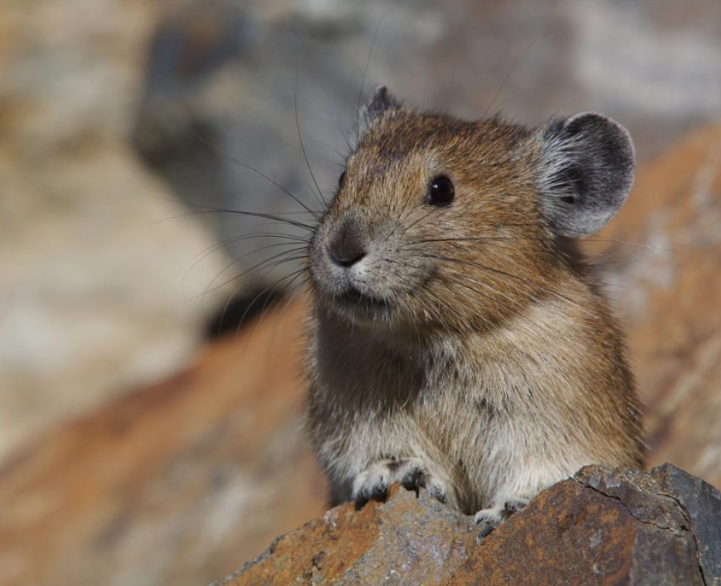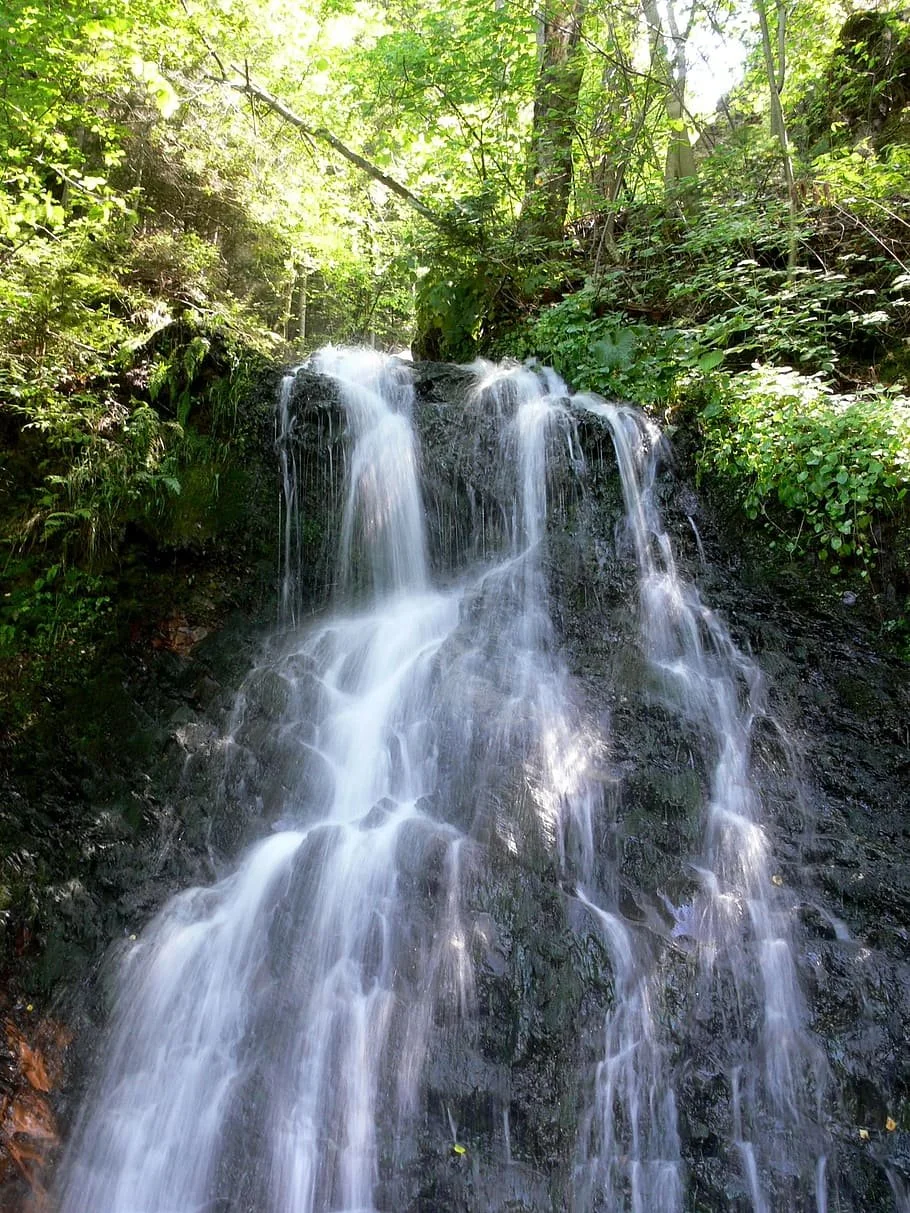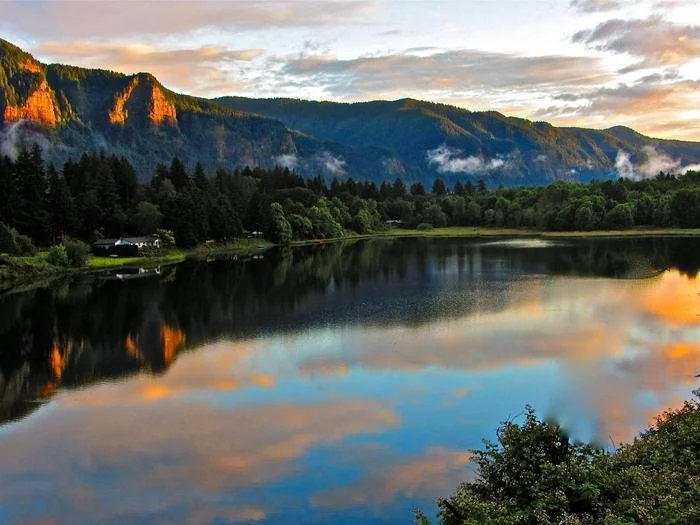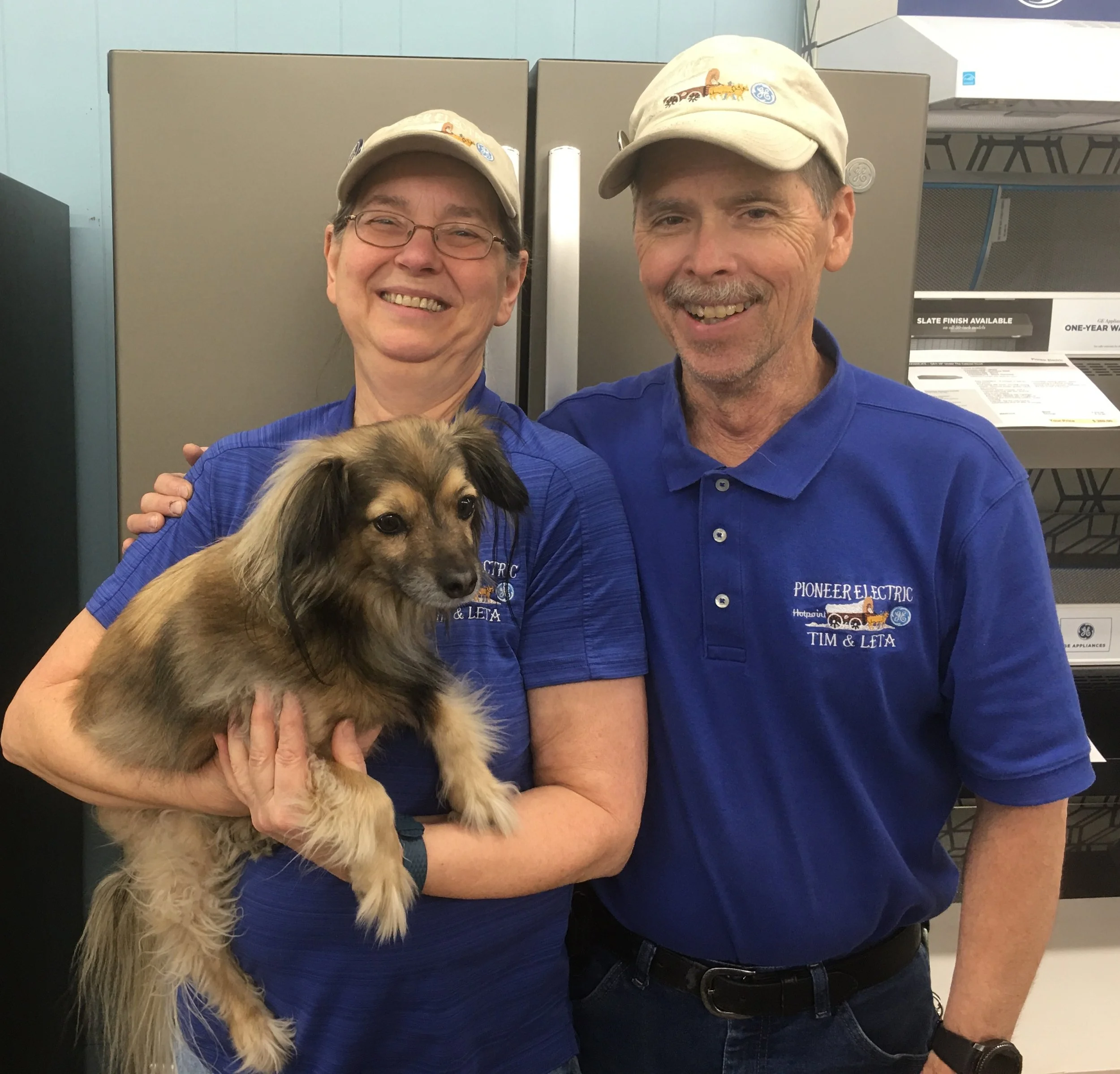Gorge Commission 101: There is no Gorge Scenic Area without a view
Gorge Commission 101
Editor’s Note - This is the second article in a series by Rodger Nichols, Wasco County Gorge Commissioner. CCCNews will be providing these in an effort to bring a better understanding of our National Scenic Area, which in our minds is a national treasure and makes The Gorge, well, something special and a unique place to call home.
By Rodger Nichols
Rodger Nichols
Consider the title “Columbia River Gorge National Scenic Area.” The first three words tell you where it is, the fourth word tells you how important it is, the last word tells you what it is, but the fifth word tells you why it is.
Preserving scenery was a focus. Other areas of importance — the natural, cultural, recreational, and economic well-being of the region — also evolved as the National Scenic Area Act was crafted. But, specifically, the concern of rapid development affecting the area's scenery led to its passage.
Lower Onenta Falls - It is designated as a botanical area because of the unique aquatic and woodland plants that grow there.
The Pika is a small, mountain-dwelling mammal found in The Columbia Gorge and its numbers have made a recent comeback. With short limbs, very round body, an even coat of fur, and no external tail, they resemble their close relative, the rabbit, but with short, rounded ears.
“The Columbia River Gorge is a spectacular canyon where the Columbia River cuts through the Cascade Mountains and divides the States of Oregon and Washington. It includes abundant natural resources, including dramatic waterfalls and geologic formations," said Washington Senator Slade Gordon during testimony leading up to the passage of the Act in 1986.
One of those features is Multnomah Falls. At 620 feet tall, it is taller than the highest building in Oregon. It is also the most-visited tourist attraction in the state, drawing more than 2 million visitors a year.
The scenery was so important to the drafters of the Act, that the external boundaries of the National Scenic Area were created with consideration of the landscapes that could be seen from Key Viewing Areas (KVAs) like Crown Point, Cape Horn, and roads such as I-84 in Oregon and SR-14 in Washington. Generally, the boundaries follow the ridgelines on both sides of the Columbia, with the Sandy and Deschutes Rivers marking the east and west boundaries.
Treasures abound in the Scenic Area. Spray of a waterfall on a hot summer hike tends to bring a great return on mental capacity. Cost? Free or Priceless?
It is important to note that the framers of the Act did not intend to exclude people from the scenery. The introduction to the Act states that “This vision paints a picture far from devoid of human enterprise outside of Urban Areas. It embraces agriculture and forestry and accords a special role to recreation. The forests, pastures, and rolling cropland of the western Gorge; the woodlands, orchards, and vineyards of the middle Gorge; and the expansive grazing and wheat lands of the eastern Gorge are protected from residential and commercial sprawl. Agricultural and managed forest lands are not only part of the cultural landscape of the Gorge; they also make a significant contribution to the Gorge economy.”
Balsam root flowers bloom along the Dog River Trail in Washington west of White Salmon. For some the demanding hike is a spring ritual with a large elevation gain, spectacular views, and enough flowers to drowned a person in joy.
As the passage points out, the aim is to protect and enhance all the scenery, whether natural or managed.
How does the Gorge Commission accomplish this?
“New developments will tread lightly upon the landscape and will blend into the landscape as seen from Key Viewing Areas,” the Act’s introduction explains.
The concept is one of “visual subordinance.” Land use applications in the National Scenic Area must demonstrate that any new construction or exterior remodeling will blend in with landscape settings, rather than call attention to itself.
Blending in with the scenery can be accomplished in a variety of ways, like:
Matching paint colors to the surrounding natural landscapes.
Using non-reflective, natural, and darker roof colors.
Screening structures with natural features and vegetation.
Facing lights downward and using hoods to protect our dark sky at night.
Using these types of methods reduces the visual impacts from development and protects the gorgeous vistas.
People love the Columbia River Gorge and travel from around the world to visit. The Commission’s goal is to keep the Gorge visually inspiring for both visitors and residents for generations to come.
To read about the seminal beginnings of the Scenic Area click here for Nichol’s first article.
The colors of a dream.
This story sponsored by:
Leta, Tim and Bandit
Pioneer Electric
Leta and Tim Barclift are owners and operators of Pioneer Electric, 423 E. Second St., The Dalles. They are here to serve you in all your refrigeration, stove and appliance needs. They can also help with parts. And don’t forget to pet Bandit while you’re there.







